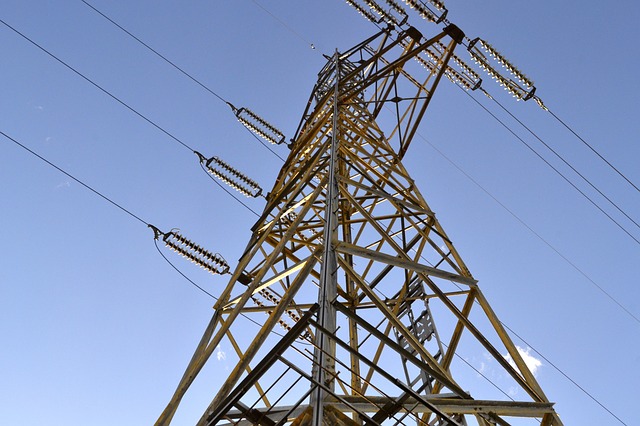PH power prices among highest in ASEAN, next to Singapore
- September 19, 2023
- 0

The Philippines is paying one of the highest electricity prices per kilowatt hour (kWh) in Southeast Asia, second to Singapore according a data presented by the Philippine Center for Investigative Journalism (PCIJ).
Data from January 2022, as cited by PCIJ, said that the country’s electricity prices stood at Php 9.86 per kilowatt-hour (kWh), while Singapore is at Php 10.15/kWh. Meanwhile, Malaysia has the lowest price in the region at Php 1.42/kWh.
Earlier, the Manila Electric Company (MERALCO) announced that the electricity bill this month would see a price i
The increase is due to higher fuel prices and the depreciation of the Philippine Peso against the dollar.
Institute for Climate and Sustainable Cities (ICSC) chief data scientist Jephraim Manansala reported that generation charges, which are payments made by distribution utilities to power suppliers, take up 55% of the electricity bill.
The utility company then uses the funds collected from generation fees to pay power producers, including those with power supply agreements (PSAs), independent power producers (IPPs), and for the electricity acquired from the Wholesale Electricity Spot Market (WESM).
US Dollars play a huge part in the increase with its instability as more than 50% of the power plants in the country operate on imported fuel. To add to that, the Philippines received its first shipment of liquefied natural gas (LNG) which cost $51.77 million this year.
With the shipment of LNG came an increase due to limited supply and its involvement with the invasion of Ukraine.
In order to address these energy problems, the government pushed to include renewable energy (RE) in the power mix. The Institute for Energy Economics and Financial Analysis (IEEFA) reporte
The new Philippine Energy Plan (PEP) will also be unveiled by the DOE this month. The PEP is the nation’s long-term energy plan as it spans for the next 27 years.
Currently, RE sources provide 21% of the nation’s energy needs. By 2030 and 2040, the DOE intends to raise this to 35% and 50%, respectively.